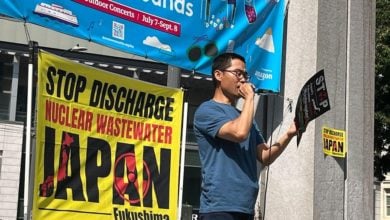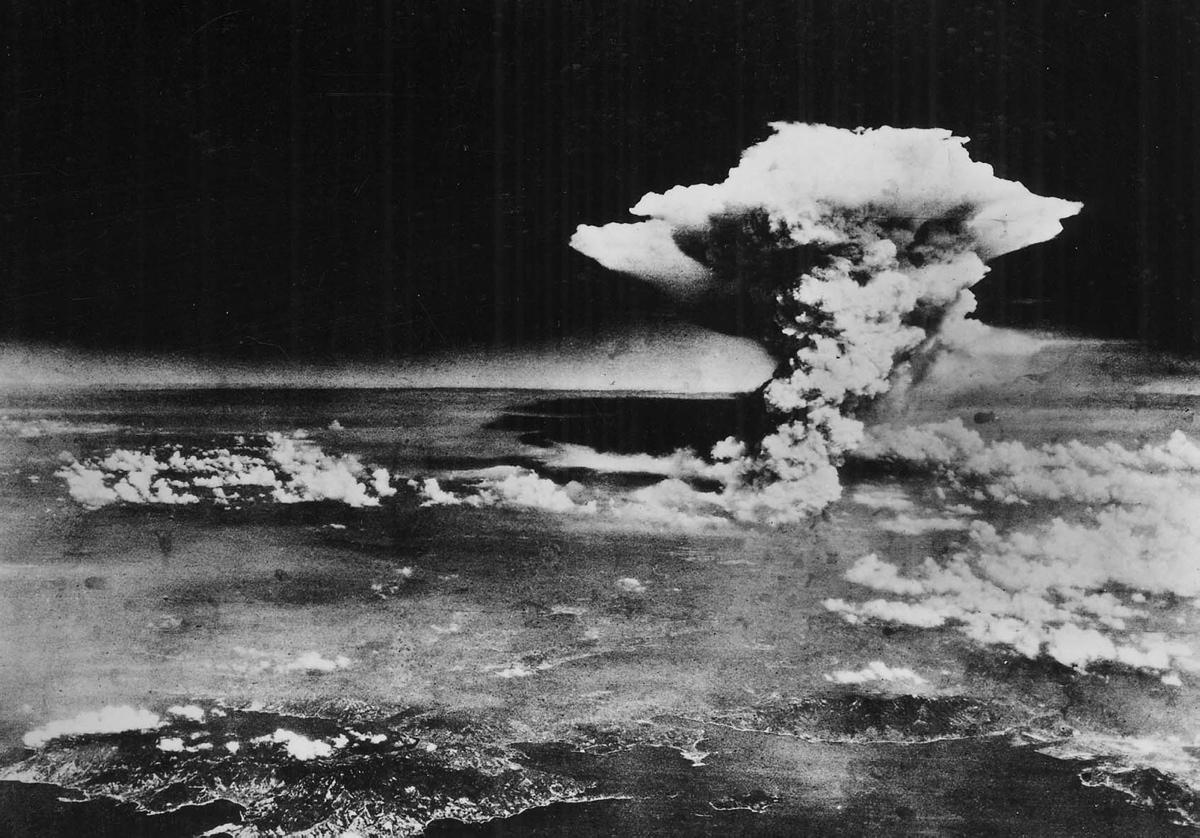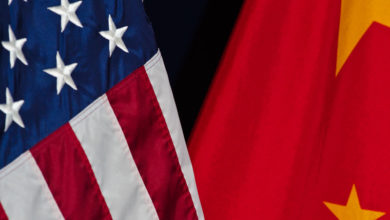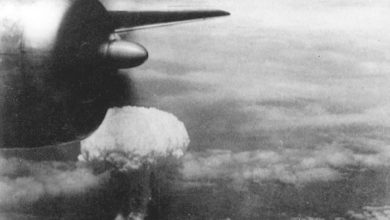Veteran right wing politician Yoshihide Suga took power as the new Prime Minister of Japan September 16. While his ascension to office ends the administration of Shinzo Abe, the far right policies that characterized the Abe administration are all but certain to continue under new management.
Suga is a long-time leader of the Liberal Democratic Party, which has ruled Japan for most of its post-war history. He is also a member of the Japan Conference political association, an extreme conservative organization that focuses on promoting the country’s monarchy, advocating for the remilitarization of society and sanitizing the image of the country’s World War Two-era fascist government.
But Suga had a limited public profile until very recently, and many speculate that he was chosen by outgoing Prime Minister Abe for precisely that reason. For the previous eight years, Suga served as Abe’s Chief Cabinet Secretary, a position similar to the role of Chief of Staff in the United States. Suga is dependent on Abe and the faction of the Liberal Democratic Party around him, and is not expected to stray from the course the government has been traveling along.
The Abe-Suga agenda: Pro-militarism, anti-worker
Shinzo Abe set the record for being the longest-serving Japanese Prime Minister before announcing his resignation last month. Abe cited his deteriorating health as the cause of his stepping down, but his government’s approval rating had also been steadily declining due in large part to its mishandling of the Coronavirus pandemic. Throughout his time in office, he was a hated figure to progressive Japanese organizations and people’s movements.
The economic policy pursued over the last eight years, often referred to as “Abenomics”, was based on three “arrows”: Monetary easing, fiscal stimulus, and structural reforms. The “structural reform” of the Japanese economy is a polite-sounding euphemism for an all-out attack on the rights of the working class. Price controls on electricity were lifted, key industries like healthcare and agriculture were deregulated, the country pursued anti-worker “free trade” deals like the Trans Pacific Partnership, and wages stagnated.
A core, and unfinished, goal of Abe’s administration was the repeal of Article 9 of the Japanese constitution, which renounces war and prohibits the maintenance of armed forces capable of waging war on other countries. Despite being a product of the system of government imposed on Japan during the U.S. occupation after the conclusion of the Second World War, Article 9 is strongly supported by the progressive movement in Japan as a guarantee against a resurgence of the genocidal militarism of the past. Abe’s government was deeply belligerent to both China and North Korea, using the supposed threat posed by these two countries as a rationalization for his militarist agenda.
This was accompanied by an effort to minimize the crimes committed by Japanese imperialism against the peoples of Asia during World War Two. Abe has denied the crimes committed against the hundreds of thousands of “comfort women” kidnapped from countries colonized by imperial Japan and forced into sexual slavery. Abe has also paid his respects at the Yasukuni Shrine, where 14 people convicted of severe “Class A” war crimes are enshrined.
As the U.S. government continues to escalate its military presence in East Asia as part of “great power competition” against China, Suga’s elevation to Prime Minister means that the United States will continue to have a highly aggressive junior partner ruling Japan.






